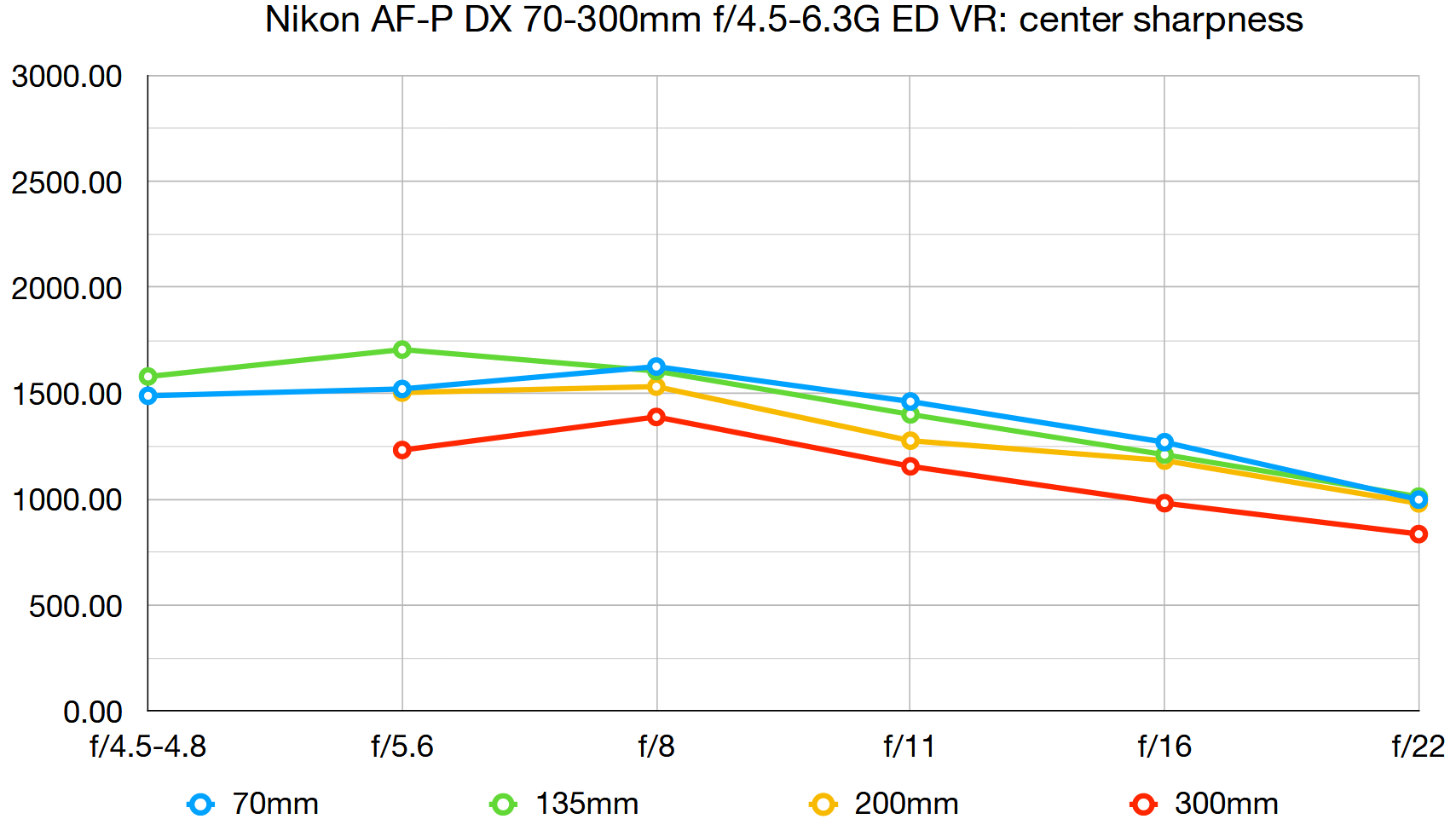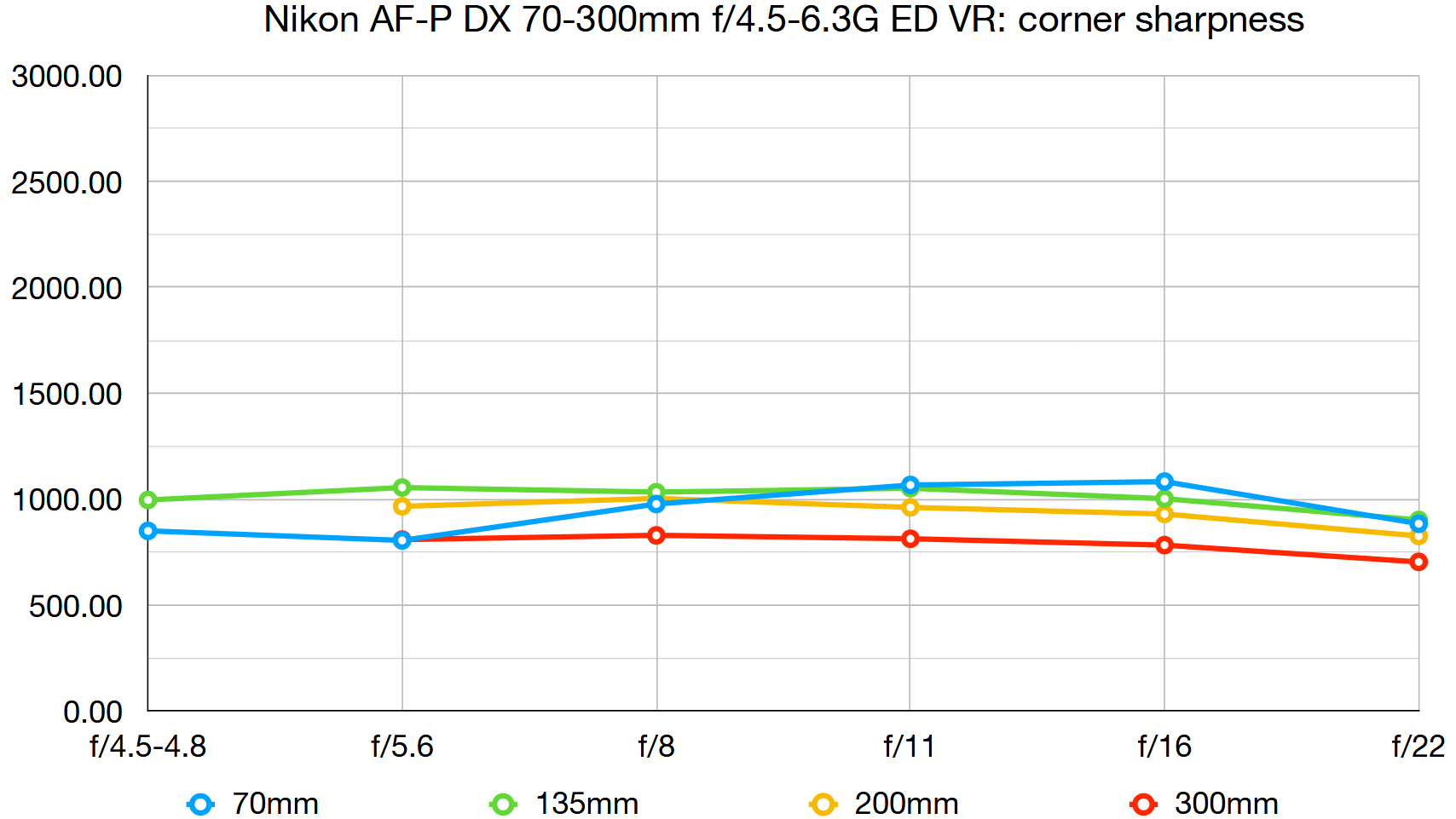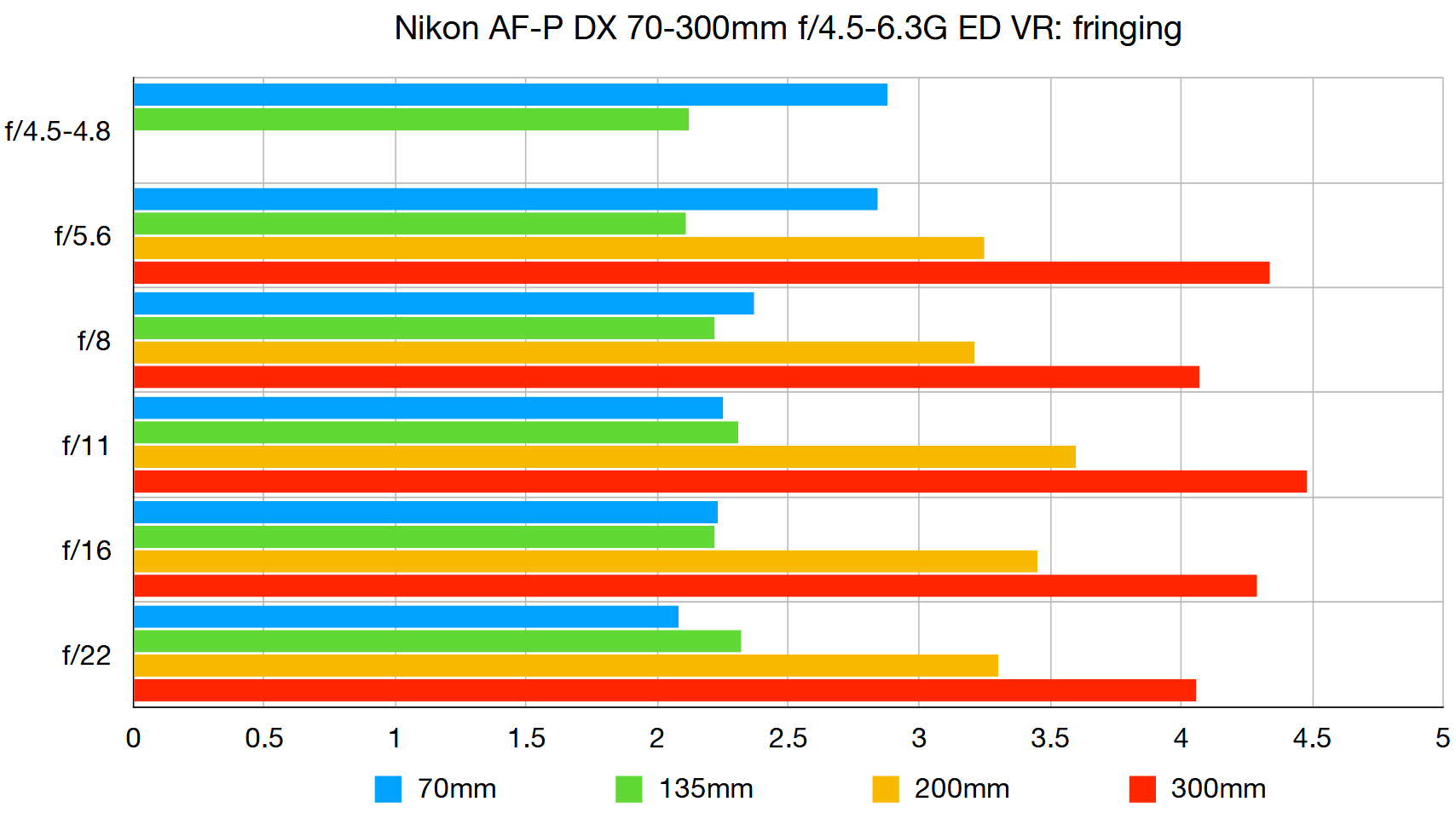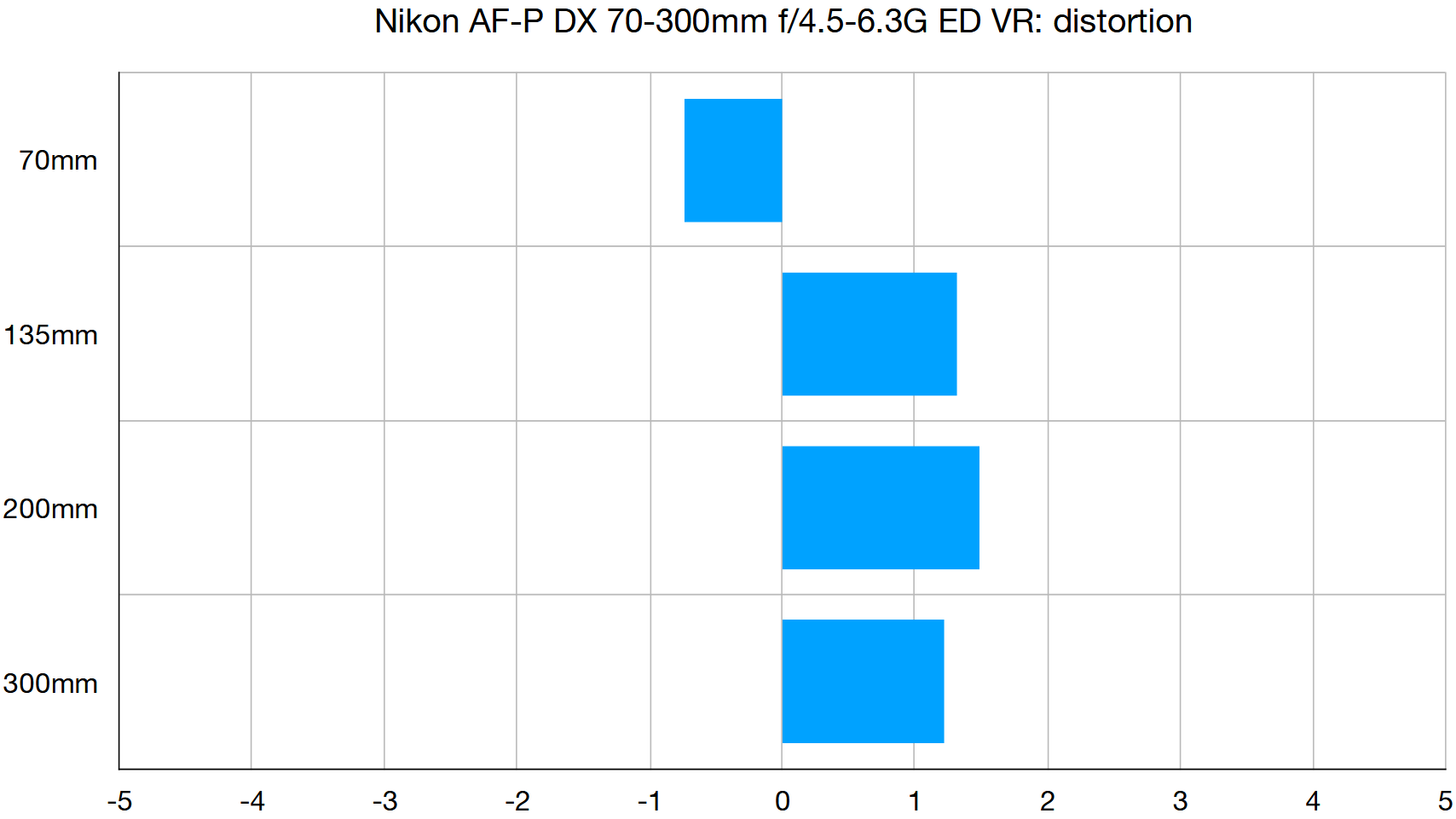Digital Camera World Verdict
Ideally suited to Nikon’s smaller DX (APS-C) format DSLRs like the D3500 and D5600, this lens gives a powerful ‘effective’ zoom range of 105-450mm from a compact and lightweight construction. The optical design, stepping motor autofocus system and optical image stabilizer work well, combining to ensure consistently sharp shots. The selling price is very competitive and, although there’s a cheaper non-stabilized edition of this lens, the ‘VR’ version is definitely the one to go for.
Pros
- +
Solid yet lightweight build
- +
4-stop optical stabilization
- +
Stepping motor autofocus system
Cons
- -
Plastic mounting plate
- -
Hood sold separately
- -
Incompatible with older DSLRs
Why you can trust Digital Camera World
The Nikon AF-P DX 70-300mm f/4.5-6.3G ED VR literally plays into your hands for action, sports and wildlife photography. The 1.5x crop factor of Nikon’s DX (APS-C) format cameras boosts the effective zoom range into super-telephoto territory, yet the lens is compact and lightweight, weighing in at 414g, while 4-stop optical stabilization or ‘Vibration Reduction’ helps fend off camera-shake in handheld shooting.
Specifications
Mount: Nikon F (DX)
Full-frame: No
Autofocus: Yes
Stabilization: Yes
Lens construction: 11 elements in 10 groups
Angle of view: 22.8-5.3 degrees
Diaphragm blades: 7
Minimum aperture: f/22-32
Minimum focusing distance: 1.1m
Maximum magnification ratio: 0.22x
Filter size: 58mm
Dimensions: 72x125mm
Weight: 415g
Key features
The optical design is essentially the same cheaper non-VR edition of this lens, based on 14 elements in 10 groups, along with the inclusion of an ED (Extra-low Dispersion) element. Neither of the lenses have an autofocus scale nor any onboard switches. Selection of auto/manual focus and VR on/off are therefore relegated to in-camera menus, the latter of which isn’t available on some older cameras, so VR remains active all the time. Neither autofocus nor manual focusing is available on some older cameras, including the D3000, D5000 and D7000, making the lens incompatible with these cameras.
The look and feel of the lens are well suited to Nikon’s recent, relatively compact DX format DSLRs like the D3500 and D5600. It’s small and lightweight for a 70-300mm lens, at 72x125mm and 414g. That’s 14g heavier than the non-VR edition, pinpointing the weight of the VR unit. It’s also less than two-thirds the weight of Nikon’s more up-market, FX (full-frame) compatible Nikon AF-P 70-300mm f/4.5-5.6E ED VR.
Weight loss is partly thanks to a plastic rather than metal mounting plate, which is naturally less robust but still very durable. Build quality feel good overall but lacks any weather-seals and the Nikon HB-77 bayonet-fit hood is sold separately as an optional extra. The optical path is based on 14 elements in 10 groups, and features one ED (Extra-low Dispersion) element.
Performance
Although the lens looks pretty basic, with no switches nor a focus distance scale (the latter being the norm for stepping motor-based autofocus lenses), performance is very good. The autofocus and optical VR systems work well together to give a consistent hit rate in telephoto shooting, and there’s good sharpness on tap, even when shooting wide-open. As is often the case though, sharpness drops off a bit at the long end of the zoom range.
Lab results
We run a range of lab tests under controlled conditions, using the Imatest Master testing suite. Photos of test charts are taken across the range of apertures and zooms (where available), then analyzed for sharpness, distortion and chromatic aberrations.
We use Imatest SFR (spatial frequency response) charts and analysis software to plot lens resolution at the center of the image frame, corners and mid-point distances, across the range of aperture settings and, with zoom lenses, at four different focal lengths. The tests also measure distortion and color fringing (chromatic aberration).
Sharpness:


Levels of sharpness are pretty impressive across most of the image frame and hold up pretty well towards the extreme edges and corners. As is often the case with telephoto zooms, sharpness does drop off a bit at the long end of the range.
Fringing:

Color fringing can be evident towards the corners of the image frame in the 70-135mm sector of the zoom range, and becomes more noticeable at longer focal lengths. In-camera corrections are available in current and recent Nikon DSLRs, which effectively fixes the problem.
Distortion:

Typical of telephoto zooms, there’s little in the way of distortion. There’s very minor pincushion at 70mm, it’s a little worse in the 135-200mm and drops off again at 300mm. Even so, it’s not really an issue at any focal length.
Verdict
Ideally suited to Nikon’s smaller DX (APS-C) format DSLRs like the D3500 and D5600, this lens gives a powerful ‘effective’ zoom range of 105-450mm from a compact and lightweight construction. The optical design, stepping motor autofocus system and optical image stabilizer work well, combining to ensure consistently sharp shots. The selling price is very competitive and, although there’s a cheaper non-stabilized edition of this lens, the ‘VR’ version is definitely the one to go for.
Read more:
• Best camera lenses to get
• Best Canon lenses
• Best Nikon lenses
• Best Sony lenses
Matthew Richards is a photographer and journalist who has spent years using and reviewing all manner of photo gear. He is Digital Camera World's principal lens reviewer – and has tested more primes and zooms than most people have had hot dinners!
His expertise with equipment doesn’t end there, though. He is also an encyclopedia when it comes to all manner of cameras, camera holsters and bags, flashguns, tripods and heads, printers, papers and inks, and just about anything imaging-related.
In an earlier life he was a broadcast engineer at the BBC, as well as a former editor of PC Guide.



